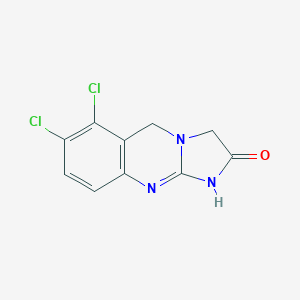Essential thrombocythemia
Adult: Initially, 1 mg daily in 2 divided doses, increase dose after at least 1 wk by not more than 0.5 mg at wkly intervals until platelet count is in normal range. Maintenance: 1-3 mg daily. Max: 10 mg daily (max single dose: 2.5 mg).
Child: ≥7 yr Initially, 0.5 mg daily for 1 wk, adjust by increments of 0.5 mg at wkly intervals until platelet count is in normal range. Maintenance: 1-3 mg daily. Max: 10 mg daily (max single dose: 2.5 mg).
Child: ≥7 yr Initially, 0.5 mg daily for 1 wk, adjust by increments of 0.5 mg at wkly intervals until platelet count is in normal range. Maintenance: 1-3 mg daily. Max: 10 mg daily (max single dose: 2.5 mg).




 Sign Out
Sign Out




